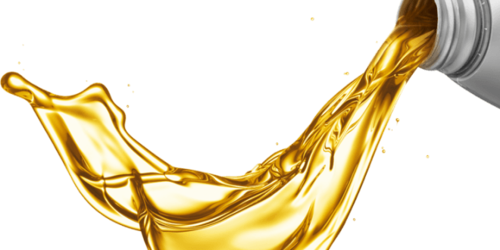Base oils 2 Additives
An additive affects the lubricant and the lubrication system in three ways:
- Protection of lubricated surfaces
- Increase lubricant efficiency
- Increase lubricant life
Fig (1) Shows Lubricants Production using a variety of additives and base oils. The following is a brief description of each of the above.

Fig (1): Production of lubricant using a variety of additives and base oils
Protection of lubricated surfaces
These additives cover the lubricated surface, thus preventing the surface from rusting and abrasion. Anti-wear additives, corrosion inhibitors, dispersants and cleaners are in this category.
Increase lubricant efficiency
These additives increase the lubricant efficiency in certain applications. Viscosity improvers, friction improvers, and drop-down additives are in this category.
Increase lubricant life
These additives increase the life of the lubricant. Oxidation inhibitors that reduce the tendency of oil to oxidize and form sludge, and are anti-foaming.
Most oils, especially wax oils, contain soluble waxes that begin to form crystals as the oil cools. In such oils, drop-lowering materials should be used that prevent the formation of crystals and their deposition. These materials, which reduce the size and adhesion of crystal structures and reduce the drop point, are structurally very similar to viscosity index improvers.
The most common drop-reducing agents are polymethacrylates, polyacrylates, and tetraparaffin phenols. The presence of these additives is crucial for the oil to function at low temperatures. In oils that contain heavy oil cuts, the effect of these additives will be less and after a while, the point of shedding will return. In general, the more we move from light oils to heavier oils, the less likely it is that the additives will be effective.

